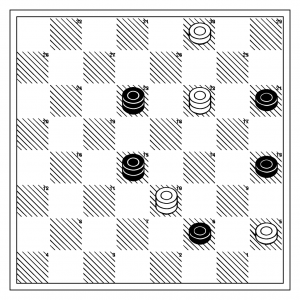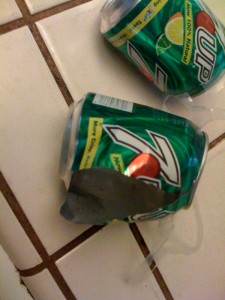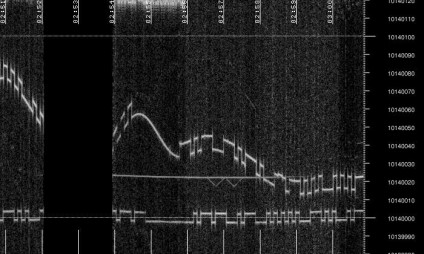No, this isn’t the sequel to the movie “The Castle of Fu Manchu”. It’s a very interesting bit of computer science that deals with the construction of interpreters, compilers, and specializers. I’m dashing out the door with the family this morning, but check it out, courtesy of the “A Neighborhood of Infinity” blog. Unlike most descriptions, this one is fairly easy to understand, although it gives very few hints on how to actually construct the various bits needed. But hey, that’s what a computer science degree is for.
A Neighborhood of Infinity: The Three Projections of Doctor Futamura
Addendum: I was dashing out the door when I read this, but I should expand. Neighborhood of Infinity is the blog of Dan Piponi, a very, very, very clever guy. I don’t consider myself a slouch, but I doubt I’ll live long enough to understand all the stuff he’s written about on his webpage and blog. Great, great stuff. He’s one of the primary reasons that I keep trying to move Haskell to the top of my list of things to learn about, as his writing has given me glimpses into a type of programming beyond which I normally can achieve. Inspiring stuff.




